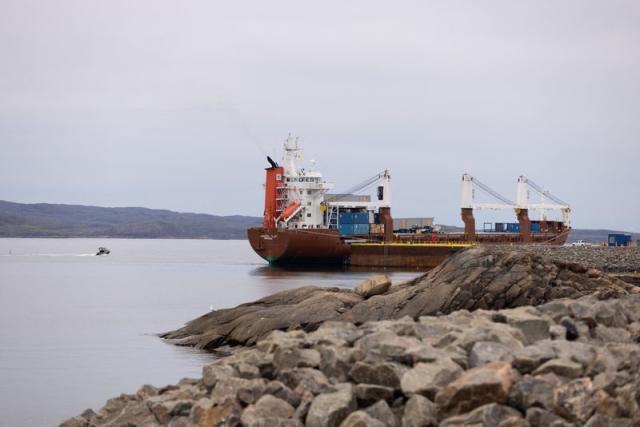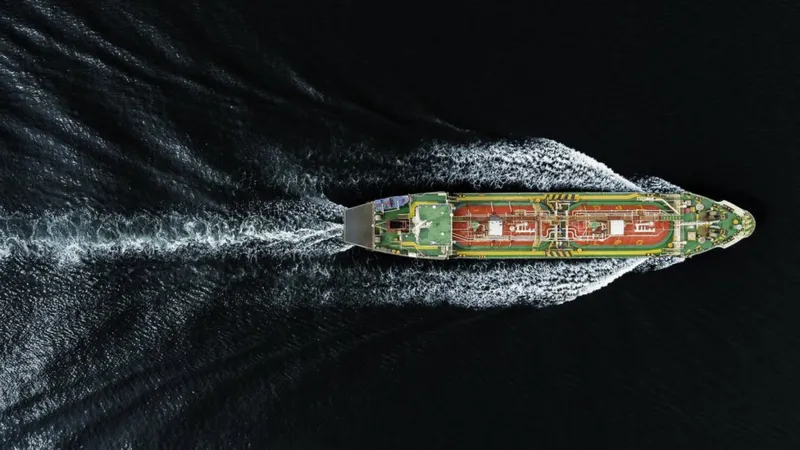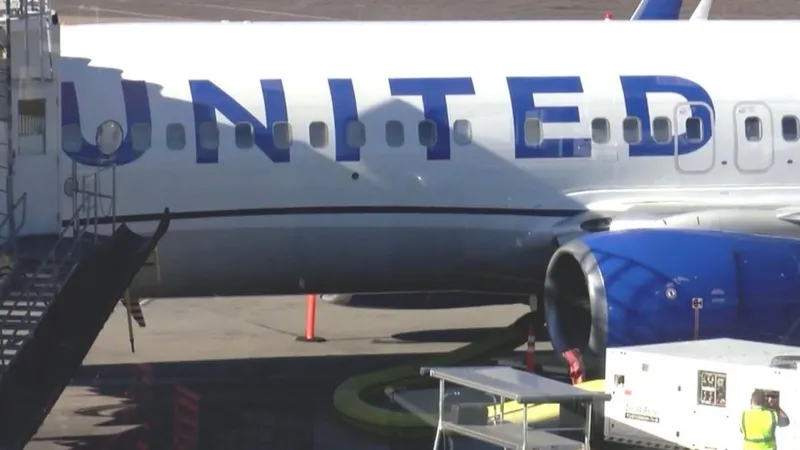Canada on Thursday formally gave the giant Arctic territory of Nunavut control over its reserves of gold, diamonds, iron, cobalt and rare earth metals, a move that could boost exploration and development.
Prime Minister Justin Trudeau signed a devolution agreement in the Nunavut capital Iqaluit with Premier P.J. Akeeagok, granting the territory the right to collect royalties that would otherwise go to the federal government.
Nunavut, a region of growing strategic importance as climate change makes shipping lanes and resources more accessible, covers 810,000 square miles (2.1 million square km) but has a population of only 40,000. An almost complete lack of infrastructure means operating costs are exorbitant.
“We can now bring decision-making about our land and waters home. It means that we, the people most invested in our homeland, will be the ones managing our natural resources,” Akeeagok said in a statement.
Challenges include harsh weather, lack of infrastructure, high costs, major social problems and a largely unskilled and undereducated Inuit aboriginal workforce.
Nunavut, created in 1999, was the only one of Canada’s three northern territories that had not negotiated devolution. Talks on the agreement started in October 2014.
Companies active in Nunavut include Agnico-Eagle Mines (AEM.TO), opens new tab, operator of the territory’s only working gold mine.












